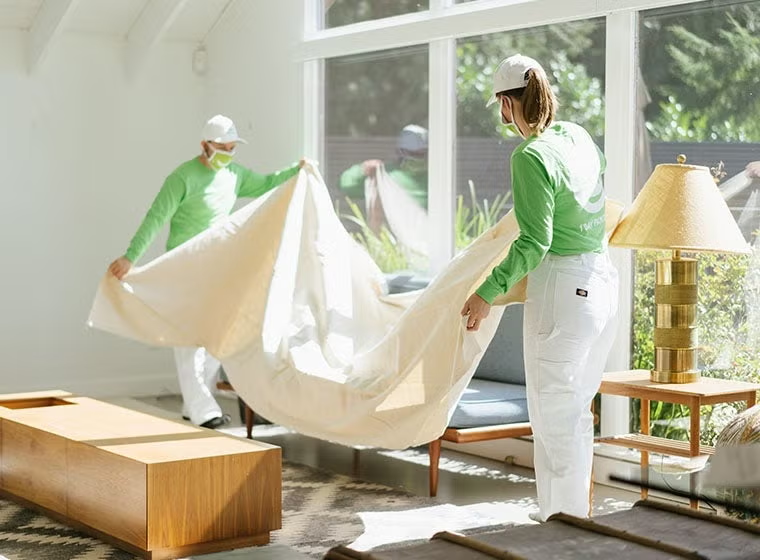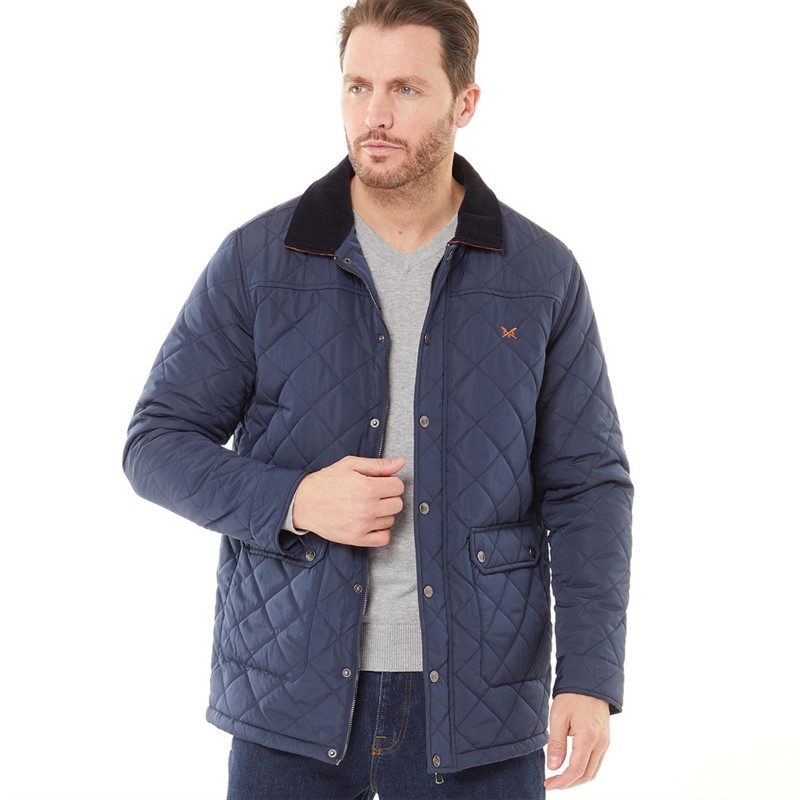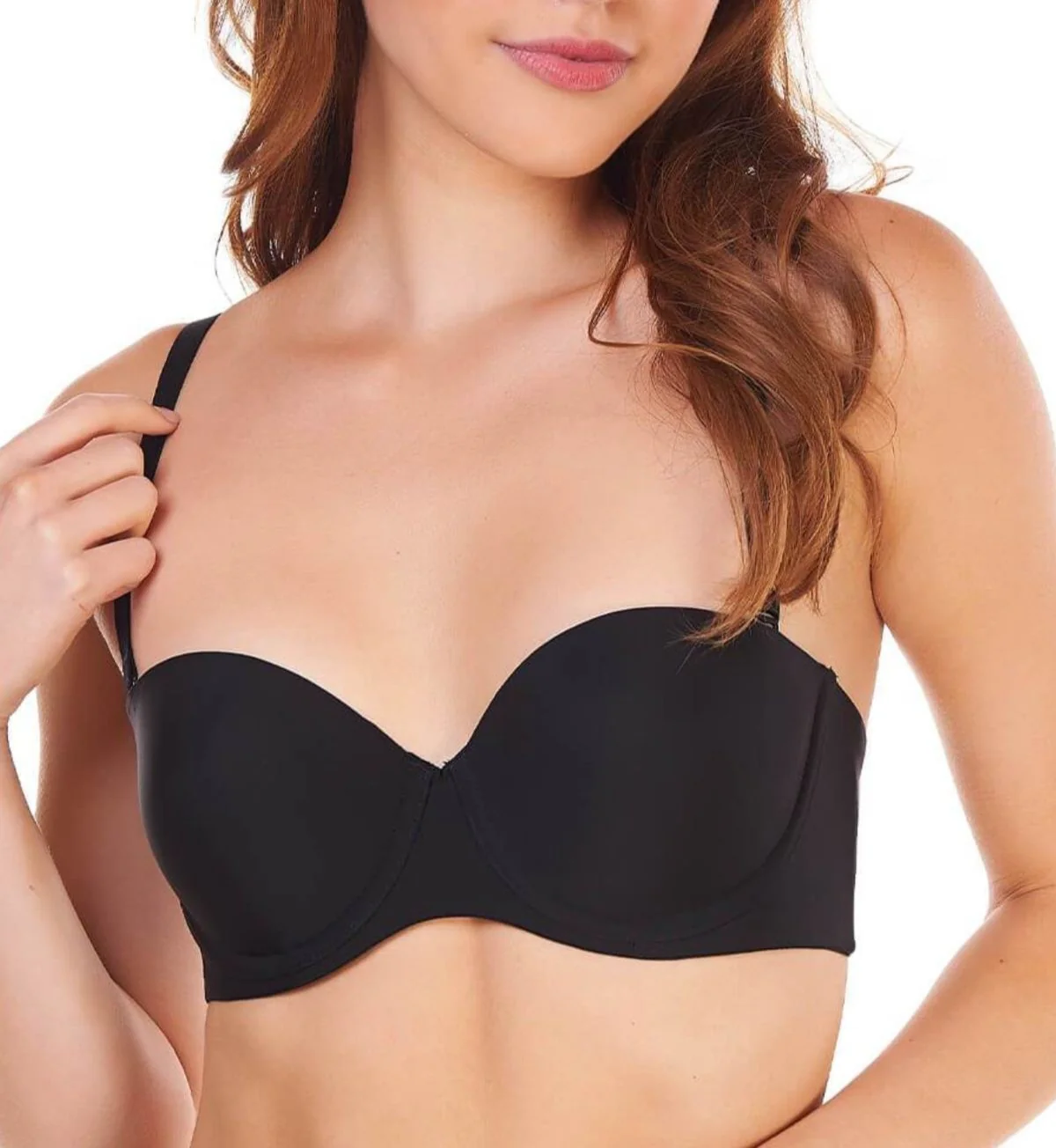When working on painting, remodeling, or DIY projects, protecting floors and furniture is essential. One of the most reliable and affordable tools for this job is a drop cloth. Although it may seem like a simple accessory, choosing the right drop cloth can make a big difference in keeping your home clean and your project stress-free.
In this article, we’ll dive into the different types of drop cloths, their uses, and tips for selecting the right one for your project.
What is a Drop Cloth?
A drop cloth is a protective covering used to shield floors, furniture, and other surfaces from paint splatters, dust, debris, or spills. It acts as a barrier, ensuring your working area stays clean and damage-free. Drop cloths come in various materials, each designed to suit specific projects.
Why Use a Drop Cloth?
Here are the main reasons why drop cloths are essential for home improvement and DIY:
-
Protection: Safeguards floors, furniture, and carpets from paint, dust, or stains.
-
Reusable: Many drop cloths can be washed and reused, making them cost-effective.
-
Versatility: Useful for painting, sanding, moving furniture, or covering items in storage.
-
Durability: Heavy-duty options can withstand rough use in construction or large-scale renovations.
Types of Drop Cloths
Choosing the right material is crucial. Below is a table comparing the most common types of drop cloths:
| Type | Material | Best For | Pros | Cons |
|---|---|---|---|---|
| Canvas Drop Cloth | Heavy-duty cotton | Painting, home renovation, furniture cover | Durable, reusable, eco-friendly | Heavier, can be pricier |
| Plastic Drop Cloth | Polyethylene/plastic | Quick paint jobs, protecting furniture | Waterproof, lightweight, inexpensive | Slippery, not reusable |
| Paper Drop Cloth | Paper/poly blend | Small painting or crafting projects | Cheap, disposable, lightweight | Tears easily, single-use |
| Rubberized Drop Cloth | Canvas with rubber back | Professional painting, hardwood floors | Non-slip, prevents leaks, reusable | More expensive, heavier |
| Disposable Fabric | Nonwoven fabric | Dust covering, temporary floor protection | Lightweight, easy to use | Not as durable as canvas |
How to Choose the Right Drop Cloth
When selecting a drop cloth, consider these factors:
-
Project Type – For painting walls, canvas or rubberized drop cloths are best. For quick furniture covers, plastic works fine.
-
Durability Needs – Heavy-duty projects require thick, reusable canvas, while small DIYs may only need disposable paper or plastic.
-
Size – Measure your work area before buying. Drop cloths range from small (4×5 ft) to large (12×15 ft or more).
-
Safety – If you’re working on hardwood floors, choose a non-slip cloth like rubberized canvas to prevent accidents.
-
Budget – While canvas costs more upfront, it saves money in the long run due to reusability.
Practical Uses of Drop Cloths Beyond Painting
Drop cloths aren’t limited to painting jobs. Here are some creative ways to use them:
-
Furniture Protection: Keep dust off during remodeling or moving.
-
Picnic Blanket: Canvas drop cloths can double as outdoor mats.
-
Garden Cover: Use them to protect plants from frost or excessive sunlight.
-
DIY Projects: Canvas drop cloths are popular for sewing curtains, tablecloths, or tote bags.
-
Temporary Floor Protection: During parties, events, or when pets are indoors.
Tips for Maintaining a Drop Cloth
-
Shake out dust and debris after each use.
-
Wash canvas drop cloths in cold water to extend their lifespan.
-
Fold and store in a dry place to avoid mildew.
-
Avoid leaving plastic drop cloths in hot sunlight, as they can melt or stick.
Frequently Asked Questions (FAQ)
1. What is the best drop cloth for painting?
Canvas or rubberized drop cloths are the best for painting because they are durable, absorbent, and prevent leaks.
2. Can I wash and reuse this cloth?
Yes, canvas and fabric drop cloths are washable and reusable. Plastic or paper ones are usually single-use.
3. What size drop cloth should I buy?
It depends on the area you need to cover. For a single room, a 9×12 ft cloth is common. For larger areas, go for 12×15 ft or bigger.
4. Are drop cloths eco-friendly?
Canvas drop cloths are eco-friendly since they are made of natural cotton and can be reused multiple times.
5. Can I use a drop cloth for outdoor activities?
Yes, canvas drop cloths work well for picnics, camping, or as protective covers for outdoor furniture.




